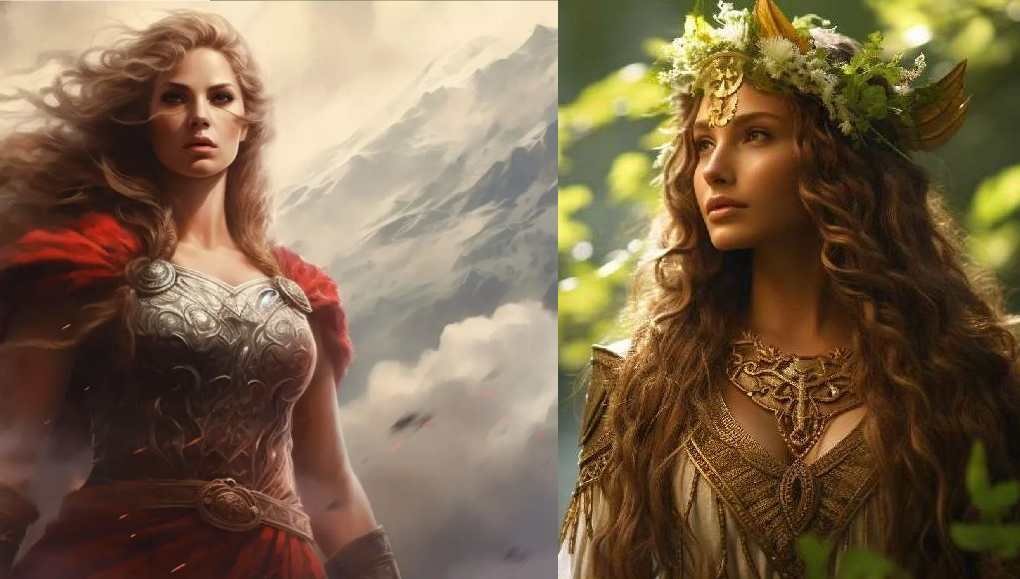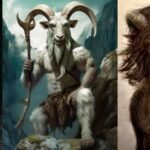Have you ever wondered about the ancient methods that shaped the beliefs of the Norse people? How did they view the world around them?
What unique practices defined their approach to various aspects of existence?
Join us as we uncover the captivating insights about Thrud Norse Mythology that’ll leave you both enlightened and entertained. So, without further ado, let’s dive in!
Who are the Norse People?
“Norse” are the Scandinavian region’s ancient people, culture, and language during the Viking Age and earlier periods.
The term also describes the historical and cultural aspects of the people who lived in the modern-day countries of Norway, Sweden, Denmark, Iceland, and other northern European regions.
The Norse people were known for their seafaring skills, exploration, mythology, and distinctive way of life. Their legacy includes fascinating stories, gods, and traditions that continue to captivate our imagination today.
Who is Thrud?
Thrud is a goddess and one of the thunder god Thor’s daughters, one of the principal deities in the Norse pantheon.
In contrast, Thrud doesn’t appear as frequently in Norse mythology as other gods and goddesses. Her presence highlights the familial relationships within the pantheon.
Essence of Thrud Norse Mythology
Thrud Norse Mythology isn’t just your run-of-the-mill set of beliefs. No, it’s a comprehensive framework that guided the lives of the Norse people.
From their daily routines to their greatest undertakings, this methodology was the compass that kept them on course.
Seasons of Significance: The Norse Calendar
Have you ever wondered how the Norse people marked the passage of time?
Rooted in their deep connection with nature and its cycles, the Norse calendar reflected their agricultural pursuits and reverence for divine activities.
From Yule celebrations welcoming the winter solstice to the lively festivities of Midsummer, every event had its place in this vibrant history.
Runes: Scripting the Mystical
Ah, runes – those enigmatic symbols that seem to hold a story of ancient secrets. In the realm of Thrud Norse Mythology, runes were more than just an alphabet; they were a funnel to the spiritual realm.
They’re for divination, communication, and even magical purposes and are essential to the Norse living. These runes are carved onto everything from weapons to sacred stones to reflect history.
We have also proved the existence of Ghoul in Islam which you should read.
Rituals and Rhythms: Daily Norse Life
Now, let’s talk about rituals. The Norse way of life includes a variety of rituals that underscored their connection with the divine and the natural world.
Whether it was a simple offering to the gods before a meal or the elaborate ceremonies honoring significant life events, rituals were the ropes that bound Norse society together.
Legacy and Influence: Thrud Norse Methodology Today
Fast forward to the present day, and you might wonder – does Thrud Norse Methodology still exist? While the Viking age may have long passed, this ancient belief system’s reflection still resonates in modern times.
From the names of the days of the week to the ongoing popularity of Norse myths in popular culture, this Methodology’s legacy lives on.
In a Nutshell: A Journey Worth Taking
And with that, my fellow explorers, we conclude our adventure through the riveting facts of Thrud Norse Mythology.
We hope you enjoyed this whirlwind tour of the captivating realm of Norse Methodology.
From its connection to gods and legends to its intricate calendar and enigmatic runes, this methodology offers a window into a world that once was and, in some ways, still is.
As we bid farewell to this discovery, remember that the past isn’t just a chapter in history books; it’s a living, breathing part of the tapestry that shapes our present.














